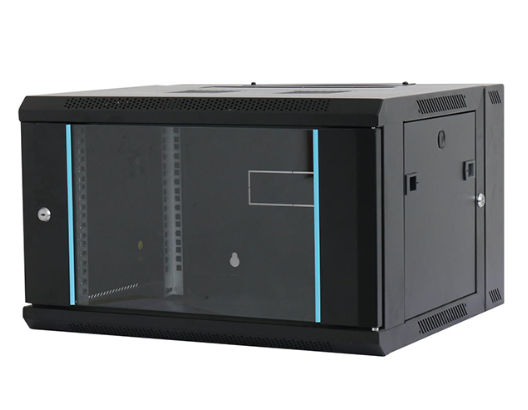News
Site Editor
 Site
https://leonetworkgroup.usa18.wondercdn.com/uploads/image/5fe152faa587d.png
A patch panel, also known as a patch bay or jack field, is a device that is used in telecommunications, computer networking, and audio recording applications to enable easy administration and organization of multiple signal and network cables. The primary function of a patch panel is to provide a central location where various cables can be connected, rerouted or terminated. The patch panel serves
Site
https://leonetworkgroup.usa18.wondercdn.com/uploads/image/5fe152faa587d.png
A patch panel, also known as a patch bay or jack field, is a device that is used in telecommunications, computer networking, and audio recording applications to enable easy administration and organization of multiple signal and network cables. The primary function of a patch panel is to provide a central location where various cables can be connected, rerouted or terminated. The patch panel serves
What Is The Function Of A Patch Panel
Views: 455
Author: Site Editor
Publish Time: 2023-07-13
Origin: Site
A patch panel, also known as a patch bay or jack field, is a device that is used in telecommunications, computer networking, and audio recording applications to enable easy administration and organization of multiple signal and network cables. The primary function of a patch panel is to provide a central location where various cables can be connected, rerouted or terminated. The patch panel serves as a physical interface between different equipment, such as computers, servers, switches, routers, and devices that require connectivity such as telephones, security cameras, and speakers.
The patch panel typically contains various input ports that allow cables to be connected from different locations or devices. The cables are then organized on the back of the patch panel. The back of the patch panel is where the terminations are made, which connect the cables to other equipment. Patch panels are typically designed to handle a variety of signals, including Ethernet, fiber optic, coaxial, and analog audio. The connections on a patch panel can be made using various methods, including punchdown blocks, modular jacks, and RJ45 connectors.
One of the key benefits of using patch panels in network and telecommunications installations is that they provide a cost-effective way to manage multiple connections. Instead of running individual cables directly from one device to another, multiple cables can be routed to a patch panel, where they can be easily terminated and reorganized. This makes it easy to quickly swap out equipment or make changes to the network without having to re-run cables or make permanent connections.
In addition to simplifying the administration of network and telecommunications equipment, patch panels also promote efficient signal transmission. They provide clean, organized connections that minimize the risk of interference or signal degradation. This can improve network performance and reduce the likelihood of data loss or downtime.
Patch panels are also an essential tool in professional audio recording studios, where they are used to manage the vast array of audio inputs and outputs required in a typical recording or mixing session. Patch panels enable engineers to quickly route signals from microphones, instruments, and outboard gear to different mixing consoles and recording systems. They also allow for easy reconfiguration of the studio setup, making it possible to swap out equipment or make changes to the signal flow without disrupting the recording process.
In summary, the main function of a patch panel is to provide a centralized location for the connection, organization, and administration of multiple network or audio signals. They simplify the management of complex networks and audio setups, promote efficient signal transmission and provide a cost-effective way to make changes or upgrades to the system. Patch panels have become an essential component in modern telecommunications, networking, and audio recording systems, enabling greater flexibility and control over complex signal routing and management.
If you want to know more about industrial network cabinet,china fiber optic splice closure,china fiber optic distribution box,please consult the fiber optic splice closure factory









